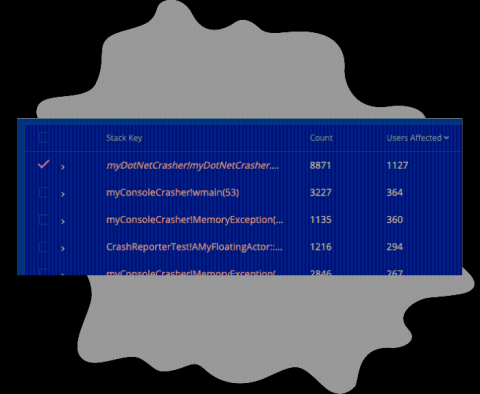Developing a Dedicated Log Collection & Management Plan
When it comes to your network and server processes, one of the key ways your IT team will collect data and insight is through event logging. Collecting the right event data will help inform both essential processes and services, as well as your network security measures, which is why having the proper collection plan in place is key. At Pandora FMS, we offer a host of comprehensive log collection and network monitoring solutions designed to be easily customized.











